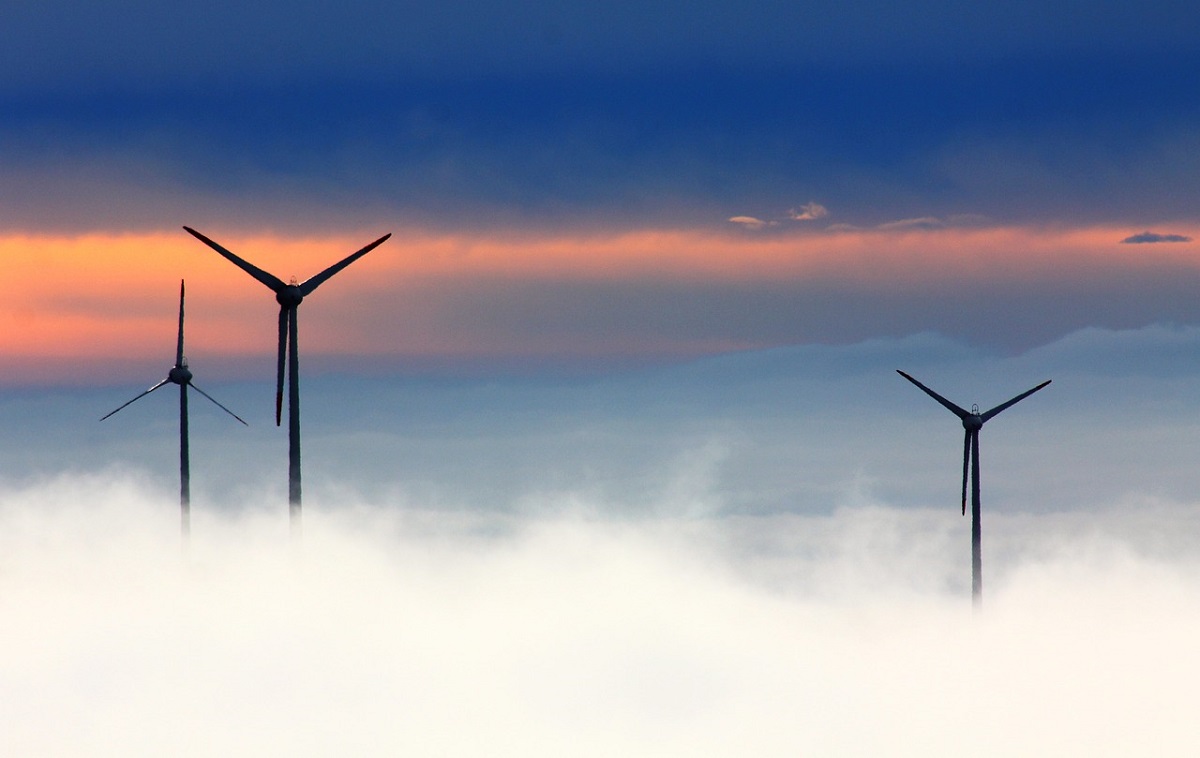In 2022, the U.S. took significant action to encourage the development of its offshore wind industry. The federal Bureau of Ocean Energy Management (BOEM) held auctions for leases for the privileges to develop the waters off California, North Carolina, and New York. The auctions put the United States’ objective of installing 30 GW of offshore wind by 2030 within reach.
BOEM held the New York Bight auction in February, which resulted in winning developers receiving a combined $4.37 billion. 5.6-7 GW of offshore wind energy—enough to power 2 million homes—will be made available in the six leasing zones off New York and New Jersey.
Off the shores of New York and New Jersey, the ocean area known as the “New York Bight” has been divided into six leases for the building of offshore wind farms.
New York Bight – an ideal place for offshore wind farms
Anticipations are between 5.6 GW and 7 GW of installed capacity for the 488,000 acres that make up New York Bight, which would be sufficient to power 2 million households. According to BOEM, capacity may even increase based on growth plans.
In recognition of the more developed offshore wind market on the mainland, five of the six successful bidders were from businesses with European roots. The Block Island Wind Farm off Rhode Island and the Coastal Virginia Offshore Wind test pilot are the only two modest offshore wind installations operating in the United States, whereas Europe’s offshore wind capacity reached 25 GW at the end of 2020.
European companies took the possibility of offshore wind businesses
The most costly offshore winning proposal was $1.1 billion, submitted by the German energy major RWE and the British utility National Grid. The two joined together to form Bight Wind Holdings LLC, and they successfully acquired the development rights to OCS-A 0539, the area in the New York Bight with the greatest available area in terms of both acreage and estimated installed capacity.
EnBW and TotalEnergies, EDP Renewables and ENGIE, and Shell and EDF Renewables were the other successful bids with European partners. Copenhagen Infrastructure Partners (CIP) independently acquired a lease.
Off the coast of the Carolinas, a lease auction for the rights to build offshore wind-generated $315 million in total.
Wind business big as an ocean
On May 11, the BOEM organized an auction for the lease of Carolina Long Bay. With an offer of $160 million, TotalEnergies was the highest bidder for OCS-A 0545, and Duke Energy is the provisional winner for OCS-A 0546.
The 110,091 acres in the Carolina Long Bay region, off the coasts of North Carolina and South Carolina, are part of the leasing regions.
If built, they would provide at least 1.3 GW of wind energy, which would be sufficient to power about 500,000 households.
As part of the FSN, BOEM is providing bidders who participate in initiatives to promote supply chain and workforce development for offshore wind energy in the United States with a 20% credit.
The wind is a new Californian gold mine for Europeans
During a two-day auction to choose who would construct the first-ever offshore wind farms off the coast of California, developers contributed a combined $757 million.
On December 6 and 7, BOEM held an auction for the five areas’ development rights: two in Northern California’s Humboldt Wind Energy Area and three in Southern California’s Morro Bay.
The two Northern California locations that were up for grabs received the two highest bids during the auction.
Copenhagen Infrastructure Partners obtained the right to develop 69,031 acres for a record-breaking $173.8 million through its business California North Floating LLC. With a proposal of $157.7 million, RWE put in the second-highest winning offer for 63,338 acres.
For $130 million, $145.3 million, and $150.3 million, respectively, Equinor, Invenergy, and a joint venture between ENGIE and EDP got the rights to develop specific sites in Morro Bay.
According to BOEM, the total development area included in the auction is 373,268 acres and has the capacity to generate 1.5 million homes’ worth of electricity and over 4.6 GW of offshore wind energy.
According to projected goals by the state’s energy planning agency, California may realistically and responsibly deploy up to 3 GW of offshore wind by 2030, 10-15 GW by 2045, and 20 GW by 2050.
The California State Assembly charged the California Energy Commission with determining planning objectives for 2030 and 2045 and assessing the maximum potential for offshore wind growth.

